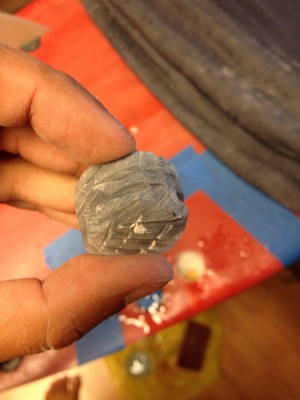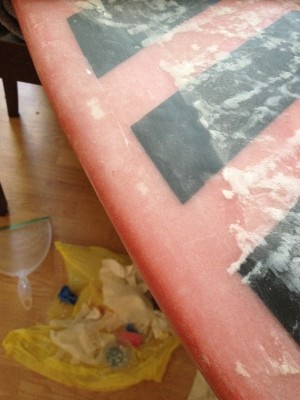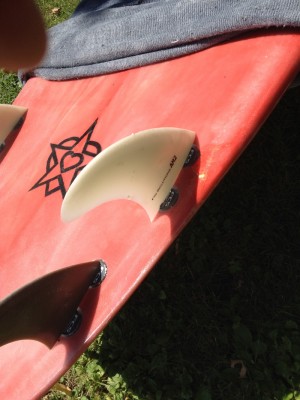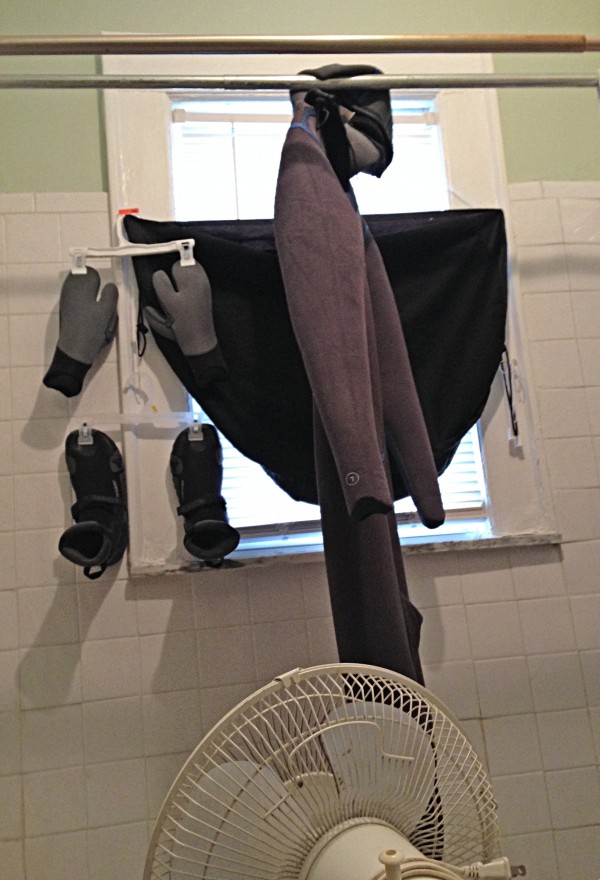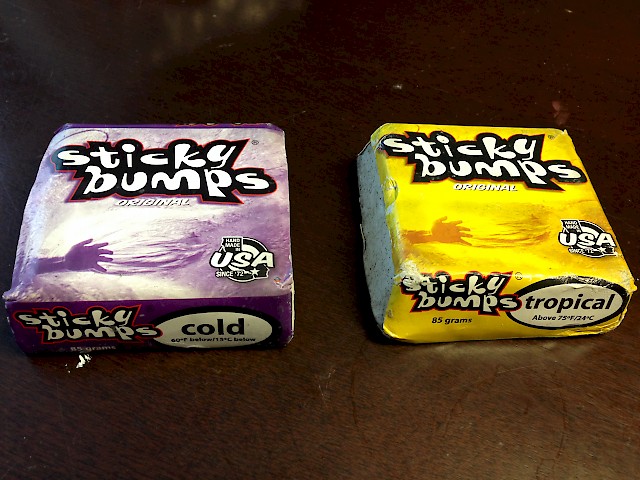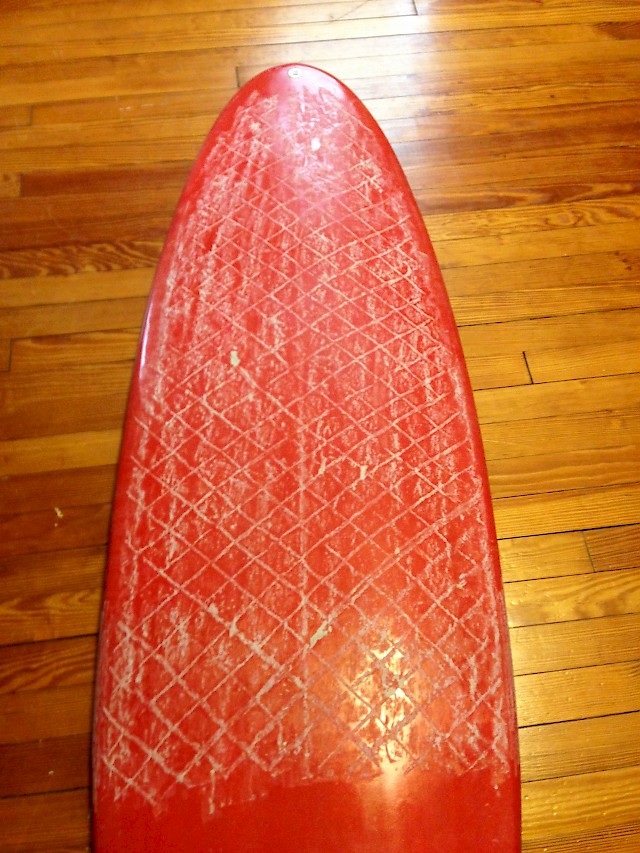Stepping down to a shorty board
After my New Years trip to Costa Rica, I decided it was time to finally step down from my longboard and learn to ride a short board. A couple of things led up to this decision. Having camped at Roca Bruja and used a 7'2" hybrid shape might not have been the smartest choice, but I really didn't know any better until I tried it there. To make a long story short, later towards the end of my trip, I got to rent a board of the same length, but with a short board shape. Wow, what a difference. I got a taste of what it was like to ride a short board!
Back in the states, I hit up my favorite shop Greenlight Surf Supply. Having taken their mentor class the year prior, which I highly recommend. I decided that I would build my first short board. I spoke to them about my experience and what I was looking to ride. After some chit chat I got myself a blank and got to work the weeks following.
Low and behold after much sweat and tons of elbow grease, I finished my board a 6'5" x 20" x 2.75" shorty dubbed "Big Cock".
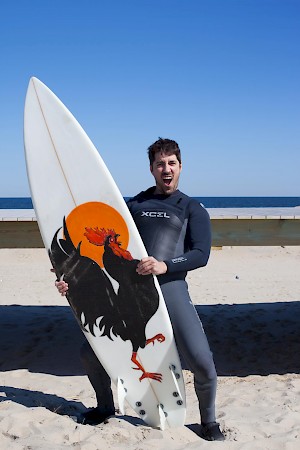
I was pretty pumped to use it, having had good success with the bigger shape in Costa Rica, I thought it would translate pretty well with this board. Boy was I wrong, not even close by a mile. This board has plenty of volume and width so it's not sinking on me. It's length on the other hand is something I need to deal with and having difficulties.
The mechanics of popping up on a short board are technically the same as a longboard. The main difference is timing and foot placement. Timing wise, you do have to catch a wave later since the steepness of the wave will generate most of the forward movement. Paddling helps line you up and put you in the proper place on the wave. Foot Placement, well there isn't much to say on this, unlike a longboard, there is only a few inches of space that your feet should be on. You don't really shuffle anywhere on a short board.
For what ever reason I just can't get the timing down. If that isn't helpful enough, popping up on my board has been hard as hell. Being on a longboard I can be lazier about popping up and it's much more forgiving about where my feet land. On the short board it's been a bad experience so far. I haven't gotten a proper ride yet. I've literally stood on it twice for all of a second, only to have it run right out from under me. There have been a few times where my rear foot has completely missed the board and I fall right off. And lets not mention the amount of paddling you need to do. My back is gonna be ripped in no time!
Thankfully, between friends and what I've read online, learning to ride a short board is going to take a long time. As one friend put it, after 10 sessions with the new board, things will start to click. Well I've completed 4 sessions, 6 more to go!
Some of the things I've learned so far:
- When paddling, give an extra paddle or 2 before popping up, especially on mushy days.
- When popping up cheat a little by setting up the back foot on the traction pad, it helps to get up faster.
- Don't go straight. Always take off at a slight angle in the direction you want to go. This helps to set you rail into the water more easily.
- Always look at the direction you want to go. The body will follow.
Also, I was told recently; since my board has some volume to it, I don't need to take off so late, get a little head start, it could help me to pop up sooner and not let a wave pass me by. Lastly, switching my fins from a quad to a thruster configuration, might help slow it down a touch.
I'm looking forward to the day when I finally get up on my board and get a decent ride. Perseverance and a positive attitude is what I've got for now. Don't worry, when I finally get that first ride, I'll be sure to post about it.









